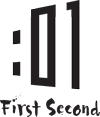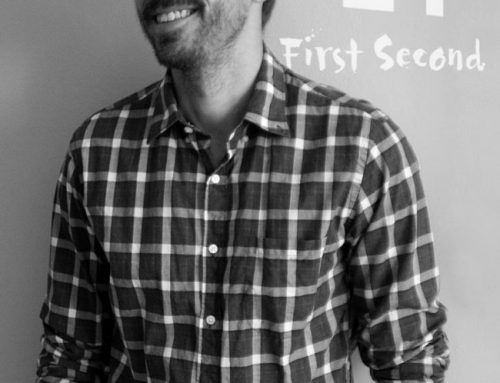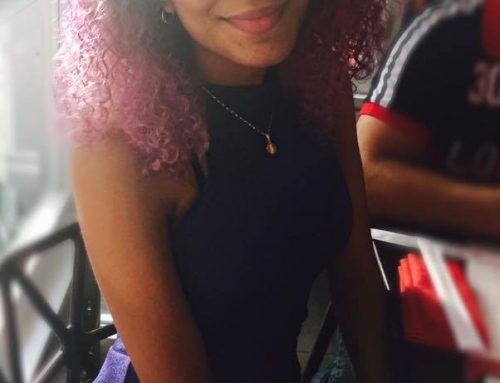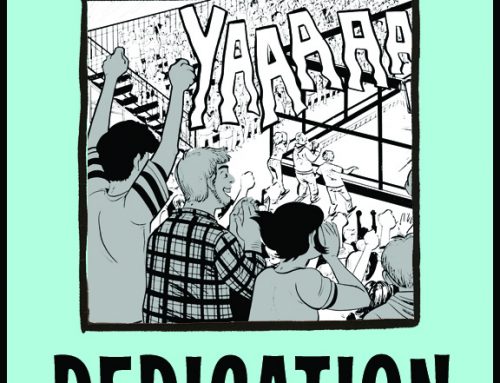test heading
(this is original art from Matt Loux’ upcoming graphic novel The Time Museum!)
Is it important for you to know what size to make your original art before you even start on your graphic novel project?
(As with all things) It depends!
Why would it be important to make your original art a specific size?
What size you make your original art can affect your final book in a lot of ways.
If you’re printing a physical book, it’s important to make all your pages consistently the same size (or the same proportions) so that you’re not ending up with some pages that are 6 x 9 and some that are 9 x 6. Because those two dimensions are not going to be compatible in the same book, unless some sort of crazy fold-out thing is happening with it.
It’s also typically a good idea to make your original art at size (the same size the book is) or larger, so that you’re not ending up with pages that have to be enlarged to the point where the art isn’t crisp. Some authors like working with larger pages a lot because it can be easier to draw details when they’re bigger than they’re going to look!
If you’re including elements in your book like full bleeds (where the art goes off the edge of the page), and spreads (where the art goes through two pages), knowing what the dimensions for those two effects are is important so that you don’t end up having accidental white space around the edge of your supposed-to-be-full-bleed art, or having art disappearing down the center gutter of the two page spread.
So when in the graphic novel creation process do you need to know what size to make your art?
Are you self-publishing your book? Then you need to know what size your original art should be as soon as you start making final original art! Once you get past the script/thumbnails/character sketches stage and start penciling/inking/painting final art, it’s very important to know what size to make your original art. Sometimes this can be a real challenge, because if you’re printing your book professionally, how do you know what your printer’s specs are? But you can generally call or e-mail printers and ask them for a quote with general guidelines about bleeds and gutters and art size, then use that as a guide.
Are you planning to publish your book with a publisher? Then you’re in a bit of a complicated situation, because every publisher may have different art guidelines. That’s kind of a pain in the neck! You may have to draw ten to twenty pages for a submission sample that goes out broadly to a lot of publishers . . . and then have to redraw them later, when you sign up with a publisher who has a specific size in mind for your book.
Unfortunately, there’s not a lot that can be done about that, because not all books everywhere are standard sizes. We’re pretty happy about that fact, but it’s pretty tough on an author trying to figure out art sizes. You can try, for a sample, to do nothing tricky with the art — all six-panel grids with no bleeds or spreads or anything, at a moderately large size — but that doesn’t affect the fact that you may end up getting editorial comments that make you have to rewrite (and then redraw) the scene later.
If you do sign a contract with a publisher, you can ask them for art dimensions first thing! They’ll probably have a one-sheet or some standard text to send you about what size all your art should be to work with their formats.
If you’re planning to write and draw your full book, then pitch it to a publisher, you’re in a tough spot! You may want to take the self-publishing route of calling up a printer and asking them for specs to draw your book to so you have some numbers for a guide and you’re not just flying blind. Most printers don’t require you to commit to paying them money before they give you specs like that. You can also take the low-tech route of getting out your ruler and measuring the books on your shelf that are similar in size to what you’d ideally want your book to be, then extrapolate basic dimensions and proportions from that.
In all of these options, making art takes lots of time, so having to redraw perfectly good art because of proportion/dimension/bleed/math errors is the worst! We recommend measuring twice and cutting once. And also, running your first few pages of original art by your publisher or by your writing group to double-check that you’re not making any mistakes.
(We received this question by e-mail. Thanks for the suggestion!)





